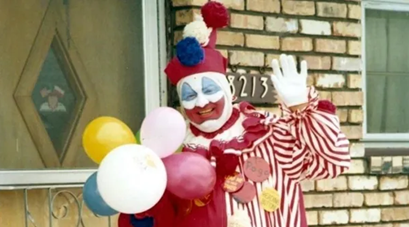
Childhood Marked by Darkness
John Wayne Gacy’s childhood was far from idyllic. Born on March 17, 1942, in Chicago, Illinois, Gacy experienced traumas that likely helped shape his dark future. He suffered from health problems and was teased at school, which influenced his self-esteem.
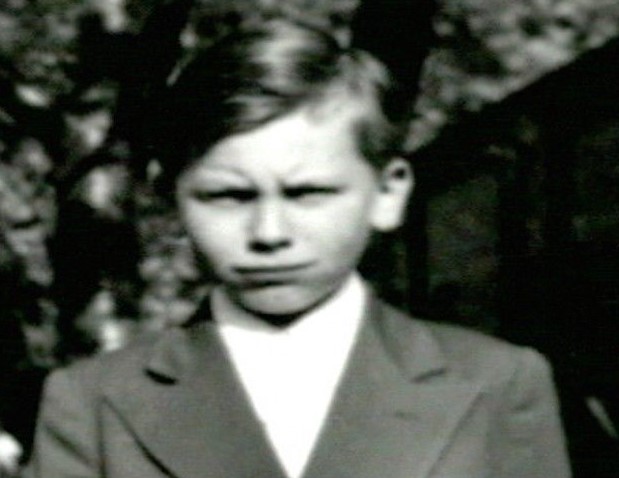
The Family Environment and its Challenges
Gacy’s family was not immune to the difficulties. His father was a rigid and authoritarian man, while his mother had a milder temperament but also struggled with mental health issues. This tense and dysfunctional family dynamic could have contributed to Gacy’s confusion about masculinity and interpersonal relationships.
The Terrifying Alter Ego: “Pogo the Clown”
Under the guise of “Pogo the Clown”, Gacy carried out heinous acts. “Pogo” became a sinister figure that contrasted with his public appearance. Gacy made appearances as a clown at local events and children’s hospitals, allowing him to camouflage his true intentions and gain the trust of the community.
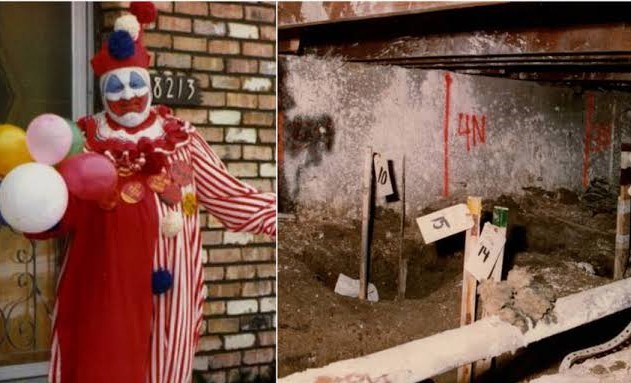
Disturbing Reality: Documenting the Horrors
The documentary “A Nightmare in Chicago: The John Wayne Gacy Murders” shed light on the horrors behind Gacy’s façade. The narrative reveals their crimes and the lives shattered by their brutality. This documentary shook society and raised questions about how an apparent exemplary citizen could lead such a ruthless life in secret.
The Scene of the Crimes: The Infamous House of Gacy
Gacy’s home, located in Norwood Park, became the epicenter of his abominable crimes. There, he carried out unspeakable acts in a basement that would become a torture chamber. The contrast between his public role and his twisted private life is puzzling.
Psychological Profile of a Serial Killer
Gacy’s psychological profile reveals a complex and disturbed personality. His desire for control and his penchant for manipulating others point toward narcissistic tendencies. In addition, his obsession with social approval and attention-seeking could have been factors driving his double life.
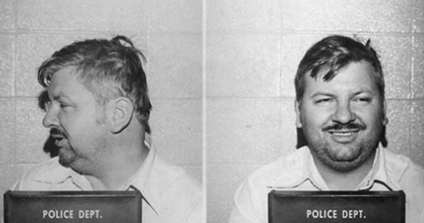
Hunt: How the Authorities Caught Him
The authorities finally closed the siege around Gacy in December 1978. The disappearances of young people caught the attention of the police, who began to investigate thoroughly. Forensic evidence found in Gacy’s home and his relationship to missing victims provided the puzzle needed to incarcerate him.
The End of a Nightmare: The Death of John Wayne Gacy
In 1994, justice finally caught up with Gacy. He was convicted of 33 murders and sentenced to death. However, his time on death row was not prolonged. In May 1994, Gacy died by lethal injection at the Illinois State Prison.
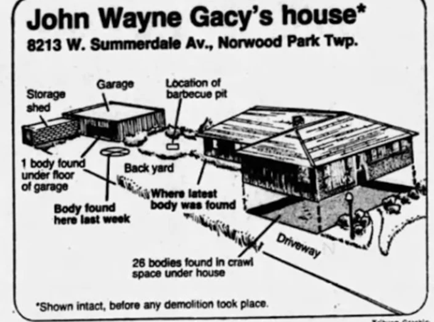
Final Words: Gacy’s Farewell
Gacy’s last words reflected a mixture of arrogance and denial. Before his execution, he turned to his lawyer and said, “Kiss my ass.” These words encapsulate his defiant attitude and lack of remorse for the heinous crimes he committed.

The Dark Legacy Endures
The case of John Wayne Gacy remains a grim reminder of the evil that can hide behind a normal appearance. His turbulent childhood, terrifying alter ego as “Pogo the Clown” and twisted psychological profile combined to form an infamous figure in the history of serial killers. The documentary and the story of his capture and execution remain a chilling warning about the darkest depths of the human psyche. Gacy’s legacy lives on as a haunting reminder that evil can take many forms and lurk in the most unexpected places.
For more articles like this, click here.
